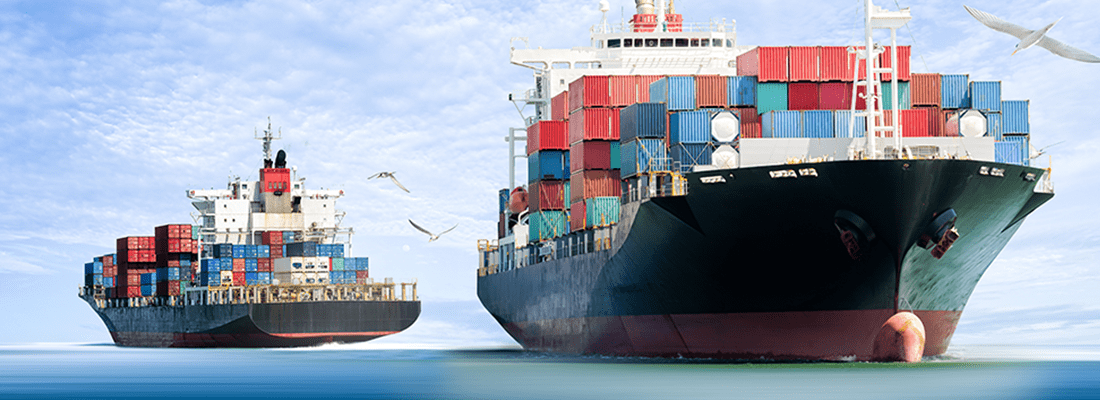Sink or Swim: Fluid Analysis + Marine
 In today’s shipping environment, uptime, safety, equipment life extension and increasing oil drain intervals are, and should be, the focus of any fluids analysis program.
In today’s shipping environment, uptime, safety, equipment life extension and increasing oil drain intervals are, and should be, the focus of any fluids analysis program.
Realizing the most value from your programs, whether lubricants, coolants, fuels, grease or filter debris analysis can help avoid:
- Unscheduled down time and unplanned maintenance and associated costs for repair
- Urgent requirements for lubricant replenishment inventory on short notice or in remote areas
- Extra lubricants expense incurred by changing the oil unnecessarily without the benefit of a historical analysis report
- Undetected problems manifesting into eventual catastrophic equipment failure
Oil analysis has been around since the 1940’s but, has matured significantly since then. Equipment has also evolved as design or environmental pressures have placed requirements for some equipment to be lighter in weight, be more fuel efficient and be manufactured to higher tolerances with more exotic materials. The result often places more stress to the lubricant, often with a lower volumes of lubricant in circulation to save weight.
Standard Practices
Take for example, marine or power plant engines with anti-polishing rings in the cylinder liners. The use of anti-polishing rings result is lower oil consumption which is an advantage for the equipment owner, but already places higher duty on the lubricant due smaller oil sump volumes and less need for frequent oil top ups. Monitoring critical parameters such as base number with laboratory and onboard testing has worked well and is already proven to be an industry standard practice.
Seeing An ROI
The benefits of your fluids analysis program can very easily pay for itself by being able to more closely monitor equipment and fluid condition, help manage implementation of oil drain interval programs, and in all cases provides information on oil and machinery condition necessary to make informed decisions about operational reliability and future maintenance.
With management reporting tools, a fluids analysis program can bring all of this information onto one platform, making interrogation of key performance indicators across assets much easier to visualize. Used properly, outliers can be detected more quickly. Of course, oil analysis is only one part of a complete maintenance program and should be used in conjunction with vibration, acoustics and thermography where applicable.
Free webinar on Fluid Analysis in the Marine Industry
If you’re interested in learning about fluid analysis as it relates to the maritime industry, I encourage you to attend our upcoming webinar on June 16. There is no cost to join and open to everyone!
Sink or Swim: How Fluid Analysis Saves Marine Engines
June 16 at 11 a.m. ET
See what will be covered and register here.
To learn more about POLARIS Laboratories® please contact us. We will show you the POLARIS Laboratories® way of helping you build a custom fluids analysis program with all the benefits of linking to your CMMS program, providing you with actionable fluids analysis commentary, and an online reporting portal, all with the benefits of being an independent laboratory and helping you save money.
Proven Impact. Proven Uptime. Proven Savings.
Let us prove it to you.




